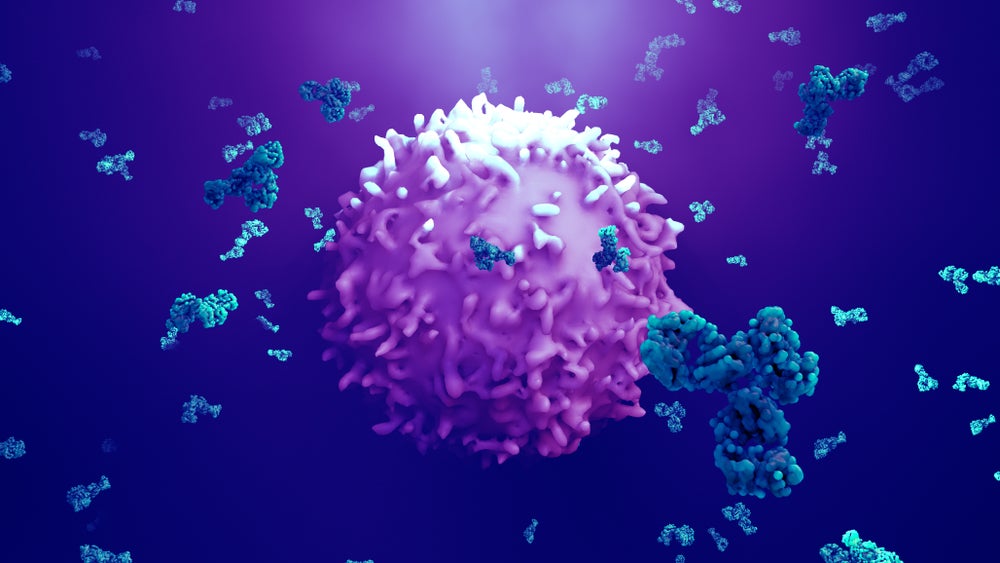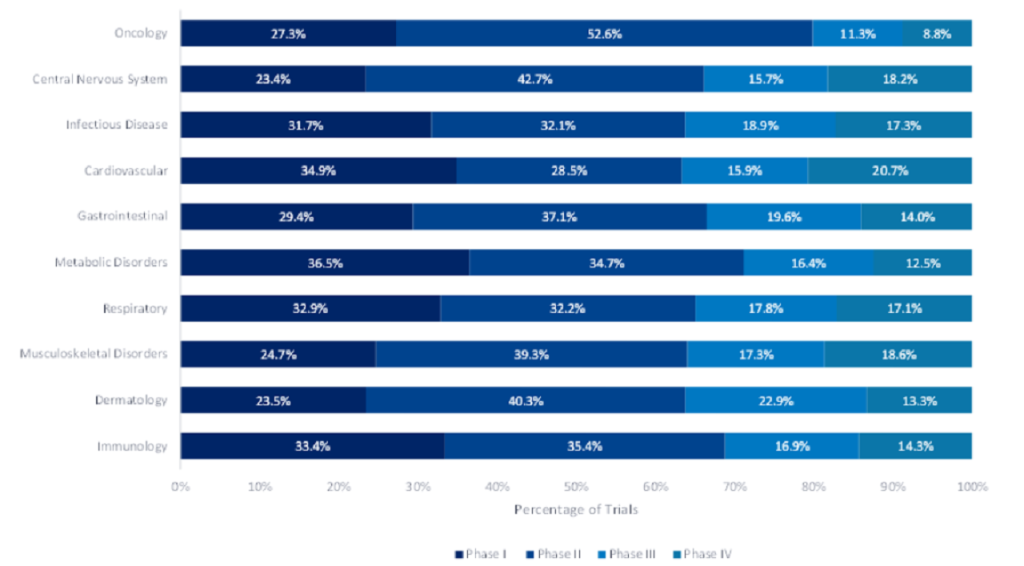Excitement and momentum continue to build in the field of immuno-oncology. Big money is flowing in development partnerships for justifiable reasons. The central dogma surrounding the most advanced of these immuno-oncology treatments, immune checkpoint inhibitors, centers around inhibiting a negative regulatory mechanism in the immune system. This mechanism is often simplified as "removing a brake on the immune system"; the "brake" in this metaphor is an immune evasion tactic developed by the tumor. Though thoughtful combination therapies will likely prove the most fruitful, some companies opened entire development programs of immune combinations. As such, there are myriad trials open or planned, and it is prudent to discuss some of the key operational considerations for immuno-oncology trials.
Scientific Overview
Several redundant mechanisms in the human immune system have evolved to kill cells that exhibit certain behavioral characteristics. Tumor growth is predicated on the tumor’s ability to evade these complex mechanisms. A long-held theory exists that a patient’s immune system cannot reject an in situ tumor given that the tumor has already evaded the immune system in order to grow. This theory was dispelled (in part) by the recent advances in immuno-oncology. Immunotherapeutics are being tested at various contact points between the immune system and tumor: vaccines target antigen presentation and immune cell infiltration into the tumor, checkpoint inhibitors target the interactions between tumor cells and immune cells, various compounds (e.g. IDO inhibitors, TGFß inhibitors) manipulate the tumor microenvironment, and yet other compounds aim to modulate suppressive immune cells (e.g. regulatory T cells, myeloid derived suppressor cells).
Patient Selection
In general, patient selection for immunotherapies focus on patient immunocompetence. For instance, most trials maintain inclusion/exclusion criteria to screen out patients who are immunosuppressed, whether genetic or acquired. This includes concomitant use of certain immunosuppressive drugs such as high dose corticosteroids. There are emerging cases suggesting that patients with long term immunosuppression can still derive benefit from checkpoint inhibitors, though more research is needed. A thorough review of a patient’s past medical history for immunosuppressive disorders or treatments will form an important step when confirming a patient’s eligibility for trials. The key message here is that a patient’s immune system must be healthy enough to fight the tumor.
Patient Safety
Dose ranging and safety studies are important in the realm of immunotherapy. First, dosing to maximum tolerated dose (MTD), the widely accepted approach for oncology dose finding, may not allow characterization of relevant pharmacodynamic endpoints. Some immunotherapy treatments appear to have a plateau dose where additional exposure drives toxicity without efficacy. Second, some of adverse events can have delayed onset where a patient initially tolerates the treatment but develops an autoimmune reaction months into treatment. For instance, checkpoint inhibitors are known to cause delayed onset autoimmune reactions (such as pneumonitis) in a small fraction of patients. Clinical Operations teams should be mindful of these reactions and monitor accordingly. Early development clinical protocols should consider the likelihood of delayed onset reactions and how these reactions will contribute to dose finding decisions.
Sample Management
Operations teams routinely expend significant energy with sample management procedures, including reconciling sample receipt. Many immuno-oncology trials involve intense cell-based immune profiling timepoints which cannot be stabilized like routine safety labs. Such assays put increased pressure on proper sample shipments to avoid sample degradation. These samples may require pre-shipment processing at the site to isolate certain cell populations. Study teams should plan for immune profiling samples during site identification to ensure the sites are sufficiently qualified and equipped to handle such processes; certain sites may require additional equipment and the sponsor should budget for these costs as appropriate.
See Also:
Responses to Treatment
Another unique aspect of immuno-oncology relates to potential "non-typical" tumor responses with these treatments. A classic chemotherapy solid tumor response is one of stepwise decrease in target and non-target lesions, and responses are usually rapid. RECIST criteria state that any growth of those lesions, or appearance of new lesions, would be considered disease progression (and therefore failure of the treatment) and the patient should attempt a different treatment. In contrast, immunotherapies in solid tumors can yield "pseudoprogression" in as much as 30% of the patients: the patient’s tumor increases in size before decreasing in size. The tumor increase is usually infiltration of various immune cells, and can be accompanied by the appearance of new lesions. It is also common to see mixed responses where certain tumor locations decrease while others increase, or delayed responses where a patient does not appear to benefit from treatment only to experience a delayed tumor response. Wolchok et al have devised the Immune Related Response Criteria (irRC) to account for these unique response characteristics, though most of the recently-approved therapies used RECIST in their registrational studies.
How well do you really know your competitors?
Access the most comprehensive Company Profiles on the market, powered by GlobalData. Save hours of research. Gain competitive edge.

Thank you!
Your download email will arrive shortly
Not ready to buy yet? Download a free sample
We are confident about the unique quality of our Company Profiles. However, we want you to make the most beneficial decision for your business, so we offer a free sample that you can download by submitting the below form
By GlobalDataDelayed responses
Table 1: High-level comparison of RECIST and irRC
From an operational perspective, these differences can be appropriately managed with study team planning and site training. It is important to plan to capture response data in a manner appropriate for the protocol-specified response endpoint (e.g. RECIST, irRC). For instance, many EDC partners have standardized RECIST pages and associated edit checks, and a database development timeline may be impacted if this is the first time a given partner is working with irRC. The differences in these criteria are significant enough that the data capture instrument must be specifically designed to capture the requisite response endpoints.
Summary
Immuno-oncology excitement continues to build based on the magnitude of responses and benefit to patient survival. Results of ongoing clinical trials of combination therapies should foster continued development in this space. Study teams will do well to plan for the above unique aspects of immuno-oncology during study set-up and management.
*Brandon Early is the Senior Director of Clinical Affairs at Heat Biologics, an oncology cell-therapy company developing off-the-shelf cancer vaccines. Brandon has held various clinical project management positions in the biotech and CRO industry, based in both US and European offices. The author wishes to thank Hannah McKay for the critical review of this article.








